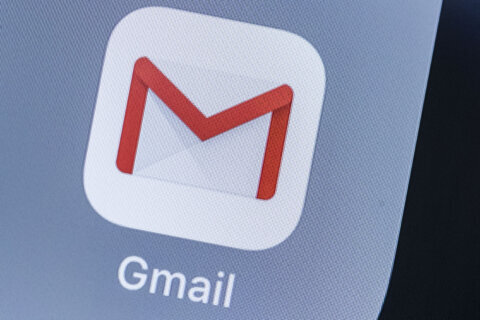Q: A friend told me I should change my DNS settings from what my ISP provides for faster speeds and better security. Is this true?
A: DNS, which stands for Domain Name Service, is a vital element of Internet infrastructure because it serves as a de facto traffic cop every time we type in a web address.
Every website is assigned an IP (Internet Protocol) address, which is a series of numbers, like 142.250.188.14, which is one of the IP addresses for Google.
Imagine having to remember these strings of numbers for every website you wanted to visit — this is why DNS is so vital to the Internet.
It allows us to type in “Google.com” instead of having to remember 142.250.188.14, which DNS then resolves for us in the background. This is why you will often see them referred to as a “resolver.”
A current corollary would be how we no longer need to memorize our friends and family’s phone numbers because we can just look them up by using their names in our contacts.
Your default DNS server
The company that provides you with your Internet connection is the default DNS provider, so the quality and features of that service are what would determine whether there is a potential performance or security difference.
In most cases, your internet service provider’s DNS server is likely going to be on par or possibly faster than a third-party DNS service, unless you’re experiencing constant connectivity issues to websites — more common with small, rural ISPs.
While performance may not be a reason to consider changing your DNS, security and parental controls are worthy considerations.
Security and control
Your ISP may provide some level of security to detect malicious phishing websites automatically, but they don’t generally provide you with any control over what gets blocked.
Third-party DNS services often provide you with much more control over what gets filtered or blocked on a specific device or for everything that connects in your home.
You can change the DNS setting on a specific computer or smartphone or change it in your router to control everything that connects to your network. This can give parents and business owners control over the type of content that is accessed on their networks.
Third-party options
There are a dozen or more options in the U.S., but the three that I have used over the years are Google, OpenDNS and Cloudflare.
Google would be the one to try if you’re just looking for faster and more reliable performance, while OpenDNS and Cloudflare add lots of controls for parents and business owners.
How to change DNS settings
Your first decision is to decide whether you want to change the settings on a specific device or in your router so that it works for everything that connects to your network.
The steps for changing DNS in Windows are posted online.
The steps for changing DNS in macOS are posted here.
The steps for changing the DNS settings in your router are going to be brand-specific, so do a web search for “change DNS settings” that includes the brand and model of your router, or consult a technical friend or professional.
Ken Colburn is founder and CEO of Data Doctors Computer Services. Ask any tech question on Facebook or X.
Get breaking news and daily headlines delivered to your email inbox by signing up here.
© 2024 WTOP. All Rights Reserved. This website is not intended for users located within the European Economic Area.







